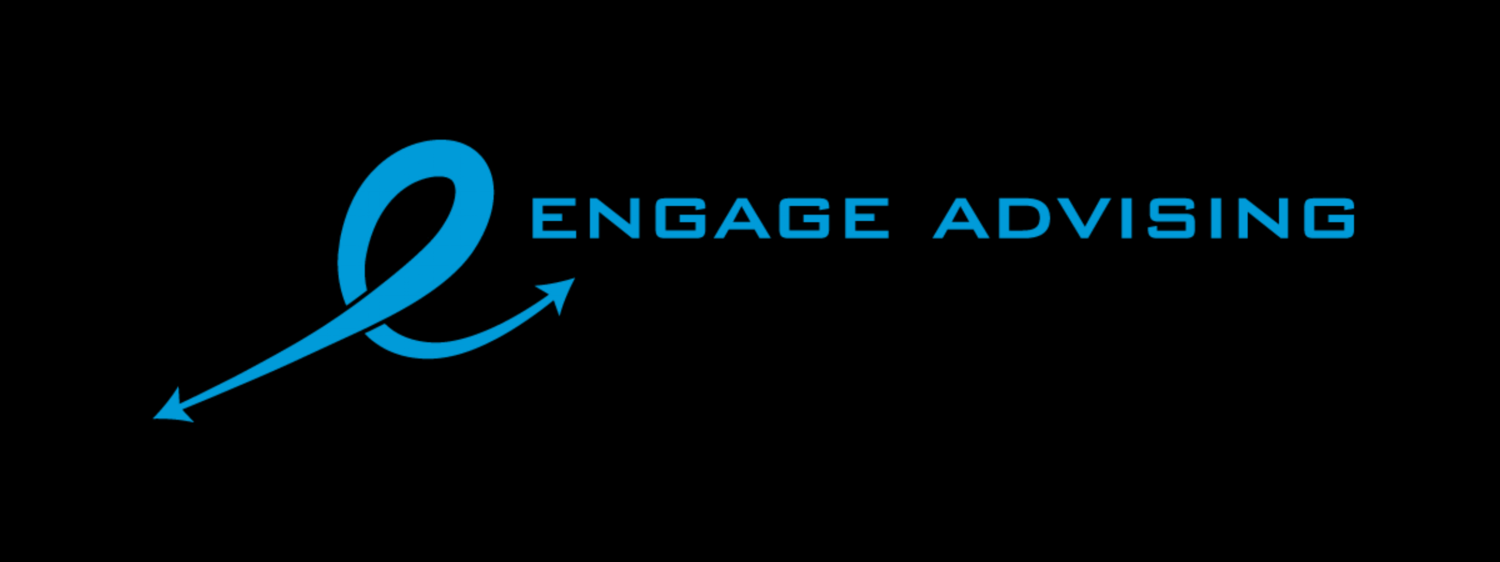I was once asked about carrying balances on credit cards. My response, why would you? This seemed to shock the person asking me. When I probed a little more, I found out the person was confusing the idea of not using more than 30% of your available credit limit with thinking you should carry a balance that equals 30% of your available credit limit.
So, what’s the deal with this rule being bantered around the financial services arena. Some consumers seem to have interpreted the old guideline of not using more than 30% of your credit limit with the idea that carrying a balance of 30% of your limit is a good thing. How much credit you use in relation to available credit is your credit utilization ratio.
It couldn’t be further from the truth. In fact, the lower your ratio the better. According to Can Arkali, principal scientist at Fair Isaac Corporation (FICO), “Consumers with FICO scores of 800 use, on average, 7% of their available credit.”
Interpreting this guideline has become confused. But more than that, it seems that it is an excuse for people to carry a balance on their credit cards and not pay them off. I can tell you, paying off your balances monthly will not hurt your credit score. In fact, I pay mine off every month and plan on continuing this practice.
Here are few tips to help you build your score.
Don’t overspend just because you can. Once the debt monster starts to grow, it can be incredibly hard to tame. So, keep that spending under control.
Pay your balances in full each month. This will also help you keep your spending under control and live within your means.
Make sure your minimum payment gets made every month. You can automate this so that you never miss a payment. Most cards offer you the option of paying the balance or paying the minimum payment. If you have the means, pay the balance to avoid interest charges. If you don’t mind paying some interest, at least set your accounts up to autopay the minimum.
Use your credit lines, but see the previous tips. One thing you can do to use your credit line and maintain your FICO is to automate your monthly bills so that they are tied to your credit cards. This may also help you save some money if you have a card that offers cash back or points that are exchangeable for other services. By doing this you improve your payment history and won’t miss payments that can ding your FICO.
Have a good mix of credit accounts. Think mortgage, auto loan, student loan, credit card, etc. Make sure you have a history with at least a few of these types of accounts. But again, don’t go buy something to add to your credit history if you don’t need it. Especially if you are already carrying high balances.
Stop opening new accounts and closing old ones. Term (the longer the better) is an important component to your FICO score so choose your credit accounts wisely and stick with them.
Keep your overall balances low, low, low… The amount of debt you carry also affects your score. The less the better.
You know all of this. If you need a plan of action or a debt analysis to know what to pay first, let me know. As an independent Certified Financial Planner™, I can help you plan for a new FICO and meet your goals.Contact me and let’s get started on a debt reduction and savings plan! #talktometuesday #education #Hireaplanner #credit #FICO #stressfree #savings


